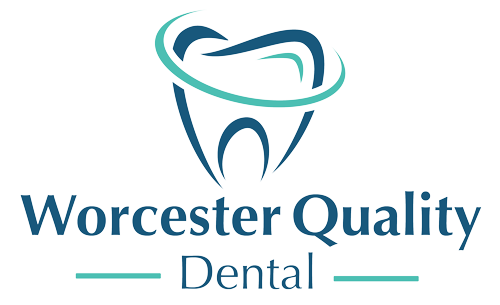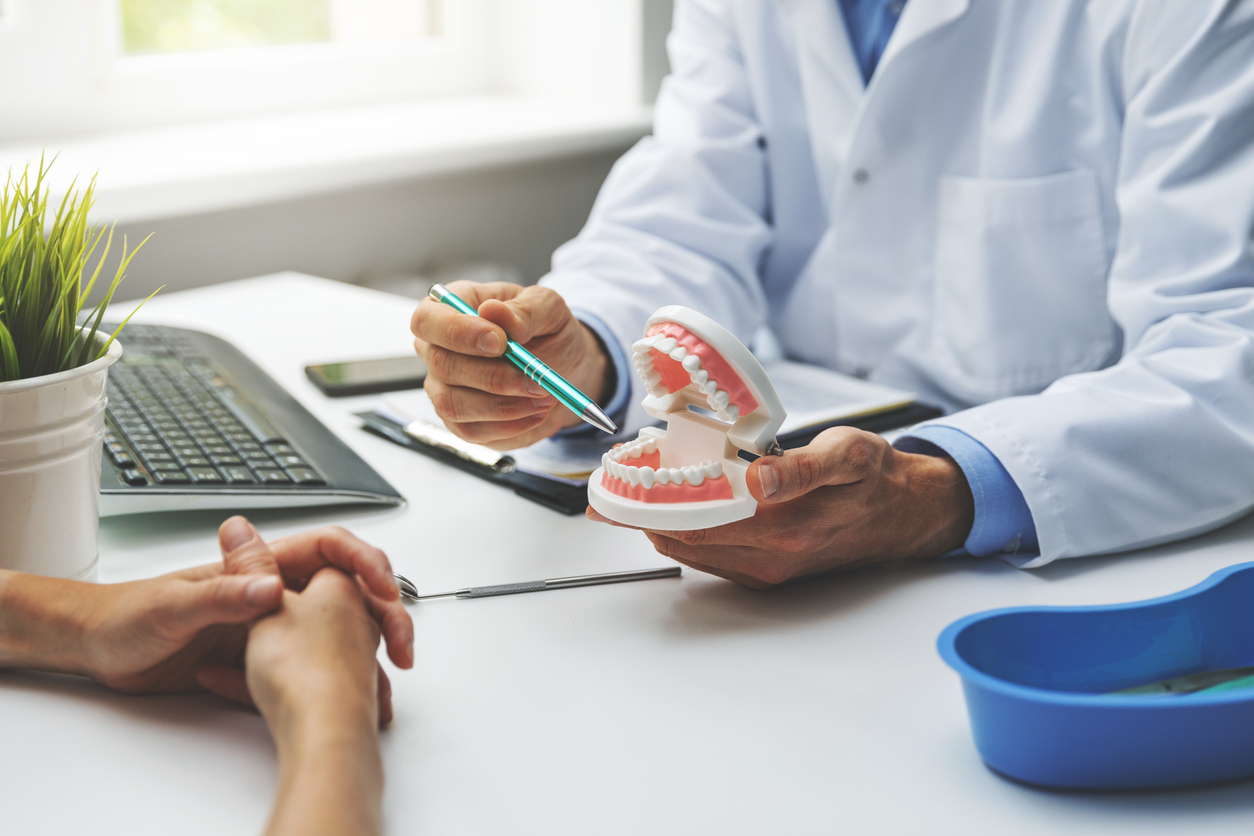As part of Dental Awareness Month, we thought it would be nice to remind you of some of the most important dental hygiene and cleaning practices. It is so important that we look after our teeth, so here are some general teeth cleaning tips, whether your kids are just starting out on learning teeth brushing skills or you need a slight reminder.
Use the Right Brushing Technique
Ensuring your teeth get a proper clean is not just about pushing your bristles over them. Instead, you should use a technique recommended by the American Dental Association (ADA). Starting with your brush at a 45-degree angle towards your gums, use short strokes back and forth across the sides and the tops of your teeth. Afterward, hold the brush vertically, and using several shorter strokes, focus on cleaning the backs of your front anterior teeth. Plaque builds up more in these areas, and just because we cannot see them, doesn’t mean that we should not pay as much attention to them.
Flossing Correctly
Dentists always speak of the importance of flossing. But you have to remember to do it properly. The point of flossing is to access the germs that are stuck in between your teeth. To do this, you should use a piece of floss that goes up to 18 inches in length. This allows you to use a fresh bit of floss every couple of teeth without putting bacteria back into your mouth that you just removed. When flossing, wrap the floss around your teeth. It should rub against the teeth and create a forward or backward C-shape. Ideally, you should floss once a day. If you can floss twice a day, it may prove beneficial, especially if you eat a lot of hard and sticky foods that could get caught in between your teeth.
Use a Tongue Scraper
You focus on brushing your teeth, and you may floss, but are you neglecting your tongue? After you brush, a lot of bacteria can remain on the tongue, which, if left uncleaned, could develop into “white tongue,” which is caused when bacteria, debris (like food and sugar), and dead cells get trapped between the papillae on the surface of your tongue, showing up as an unsightly white patch. Scraping your tongue as part of your daily routine will get rid of bacteria, but make your breath feel fresher. Many toothbrushes come with a ridged tooth scraper on their back, making tongue scraping a more accessible part of your tooth brushing routine.
Brush for Long Enough
While you may brush twice a day, do you brush for long enough? The recommendation by the American Dental Association is that you should brush for at least two minutes both times a day. You may think that you’ve got to every area of your tooth, but the importance of brushing for long enough cannot be underestimated. If you are having trouble recognizing if you are brushing for two minutes, either set a timer on your phone or listen to a tooth brushing song. This is great for children who are still learning how to brush their teeth properly.
Be Aware of the Foods and Drinks That Stain Your Teeth
The acid in drinks like tea and coffee can begin to eat away at the enamel on your teeth, and can stain them over time. While many people may not want to give up their daily coffee, it is important to look at the acidic foods in your diet that have the potential to ruin your teeth. Sugar is one of the biggest culprits that we are all aware of. Sugar converts to acid in the mouth, this will wear your teeth down and leads to cavities. While there’s always the importance of reducing your sugar intake, if you start to become aware of foods and drinks, such as sauces, wine, and even carbonated water that can stain your teeth and weaken your enamel, you will be able to prepare yourself better when you are eating in a restaurant. When you consume foods that stain your teeth or are high in sugar, the best practice is to rinse your mouth out with water straightaway. Drinking water after every meal or every foodstuff that threatens the enamel of your teeth can wash out some of the negative effects in between brushes.
Use a Fluoride Mouthwash
Incorporating mouthwash into your daily teeth routine is simple but it is important to remember that not all mouthwashes are created equal. A fluoride mouthwash is the best way to clean and strengthen your teeth at the same time. Always make sure you read the label. Not every mouthwash contains fluoride. While standard mouthwashes contain breath-freshening ingredients, it depends on what you want the mouthwash for. Non-fluoride mouthwashes will freshen your breath, and others will contain germ-killing ingredients, but fluoride mouthwash works to protect your teeth from acids produced by plaque, as well as removing the plaque in question. A mouthwash is as important as flossing and brushing your teeth, and is not intended as a substitute. The fluoride incorporates into the enamel coating of your teeth. This can help to reverse the early stages of tooth decay.
Visit Your Dentist
It is important to have good quality oral habits, as this is crucial to your overall health. But we could all do with a visit to the dentist. The most important thing would be to go to your dentist for check-ups and cleanings at least twice a year. Dentists can remove plaque and search for cavities, but are also able to see if there are any small issues that could become big ones later on. The best way to look after your teeth is to be thoroughly prepared.
We could always do with brushing up on some of the basics. And we’ve got to remember that brushing our teeth alone doesn’t guarantee that we are giving our mouths the attention it needs. It is about following as many of these important habits as possible.





